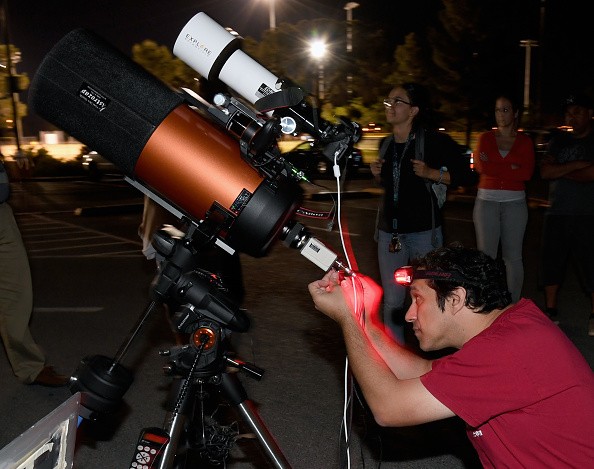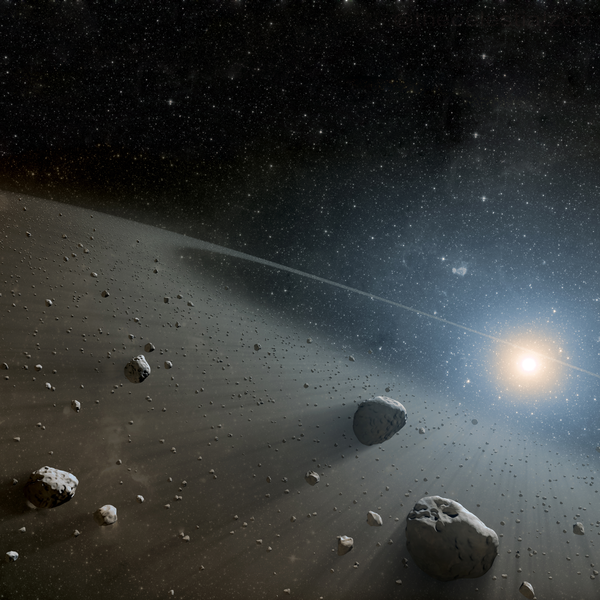Next week, an asteroid bigger than the world's tallest skyscraper will make one of its closest pass by from Earth. On January 18, NASA expects the asteroid 7482 (1994 PC1) to pass near.

It is estimated that the asteroid will be about 1 kilometer across, or more than 3,280 feet tall - more than twice the height of New York's Empire State Building, which is 1,454 feet tall from base to antenna, and hundreds of feet taller than Dubai's Burj Khalifa, the world's tallest building, which is 2,716.5 feet tall.
Passing Near Earth

According to NASA's Jet Propulsion Laboratory, the celestial body might come within 1,231,184 miles of Earth. This would be the asteroid's closest approach to Earth since January 17, 1933, when NASA predicted it would be fewer than 700,000 miles away.
Returning
According to NASA, the asteroid will pass by Earth again in July this year, but at a far greater distance. It is not expected to fly by Earth at such a near distance again until January 18, 2105, when it is expected to approach within 1,445,804 miles of the Earth's surface.
Since it was identified in August 1994, the space agency has been tracking this asteroid and has classed it as an Apollo asteroid, which means its orbit crosses Earth's and its axes are somewhat greater. According to NASA, it's also designated as "possibly dangerous" because of its "potential to conduct threatening near encounters to the Earth."
Asteroids Flying by Earth

There are approximately a million known asteroids, and many of them fly past Earth regularly, with the vast majority being of little significance. According to NASA, at least five asteroids are rushing by the globe on Wednesday and Thursday this week, including one the size of a bus and three the size of a home.
According to Nancy Chabot, a chief planetary scientist at Johns Hopkins University's Applied Physics Laboratory, roughly 25,000 near-Earth asteroids at least 500 feet broad that might be "devastating" if they smash into Earth.
"We're not talking about a worldwide extinction catastrophe," she previously claimed, "but regional destruction on an area that might wipe out a city or perhaps a small state." "As a result, it's a serious problem, a real threat."
Planetary Defense
NASA is already working on a remedy in case an asteroid situation occurs in the future, similar to that shown in Netflix's "Don't Look Up." In November, it launched a mission that will smash head-on into a minor asteroid next September as part of a test to see if it's feasible to veer off course of a future asteroid that looks to be headed for a catastrophic collision with the Earth.
At 15,000 miles per hour, the Double Asteroid Redirection Test, or DART, will crash with Dimorphos, a 525-foot-wide space rock.
Also Read : Gigantic Asteroid Will Pass By Earth in 7 Years, Do We Have Defense Against Such Threats?
For more Space News, don't forget to follow Nature World News!
© 2026 NatureWorldNews.com All rights reserved. Do not reproduce without permission.





